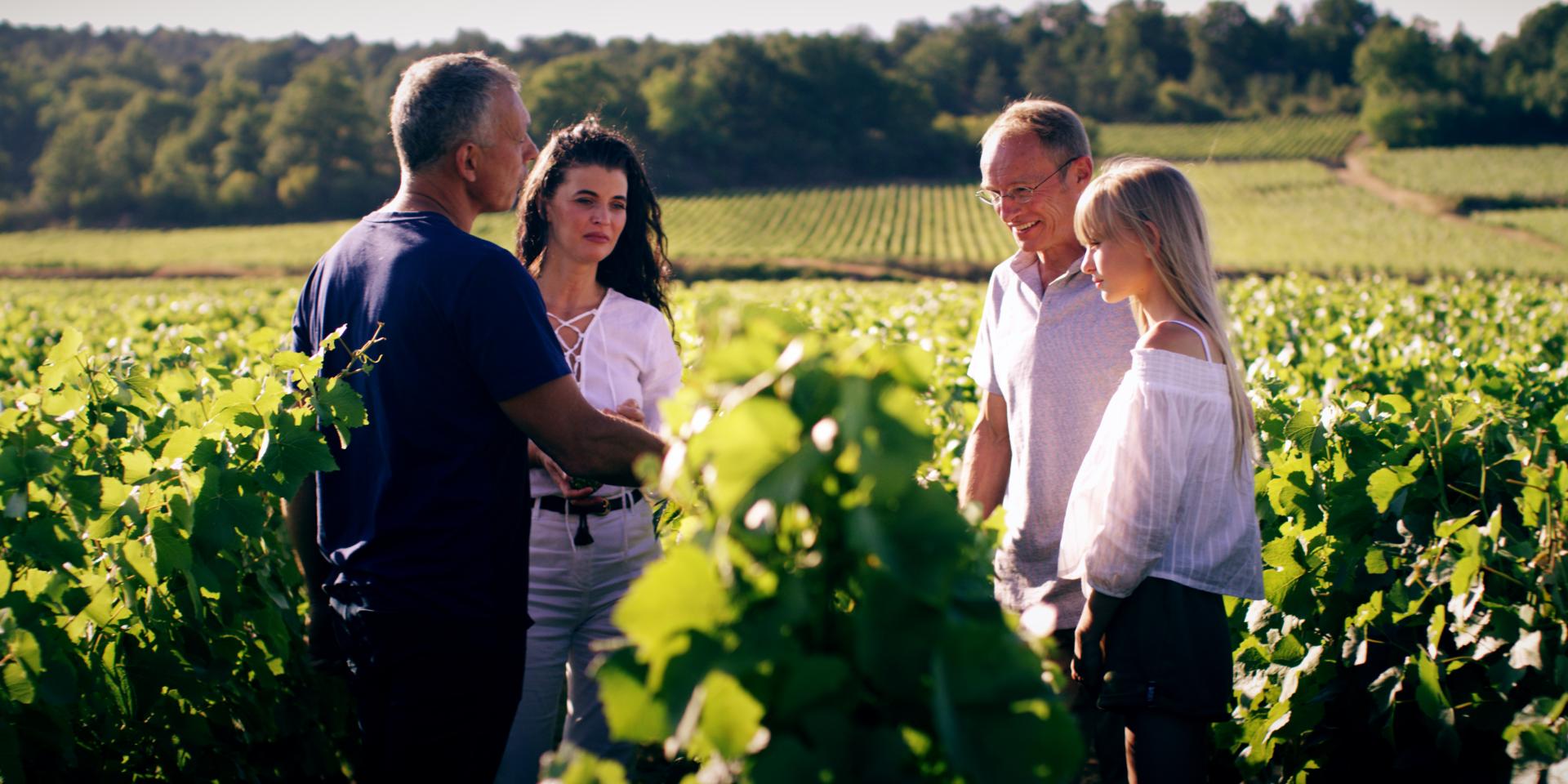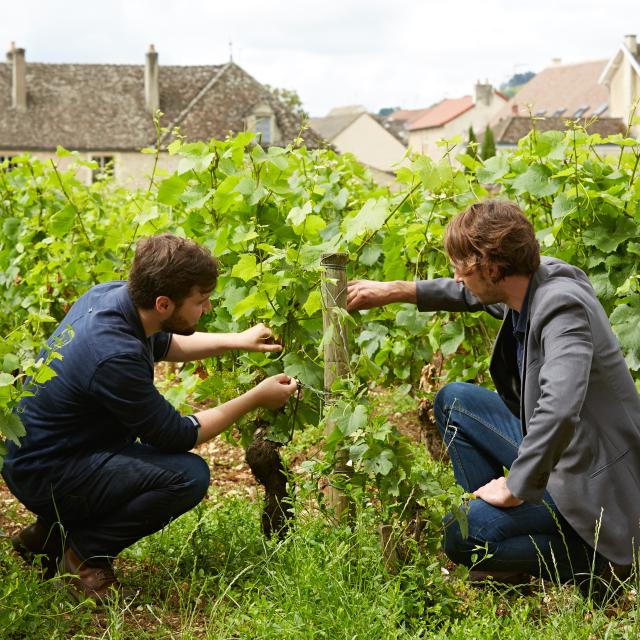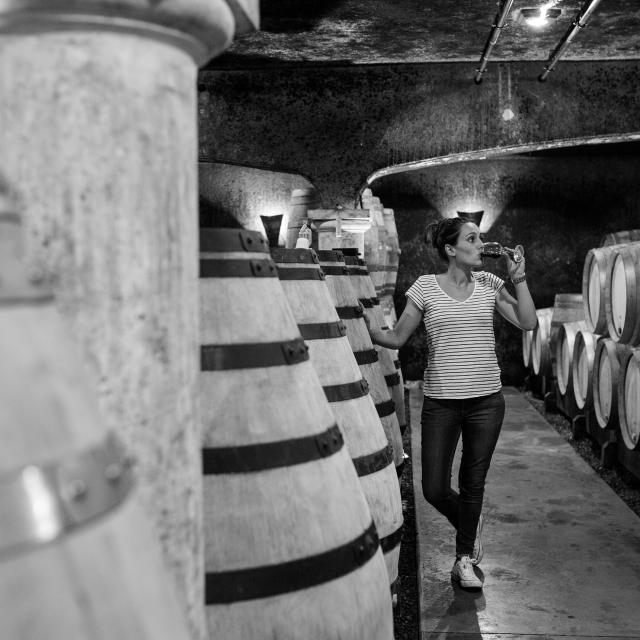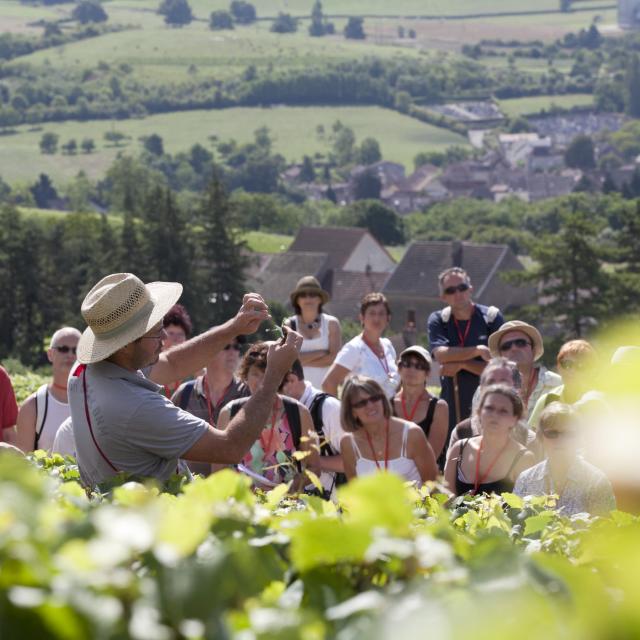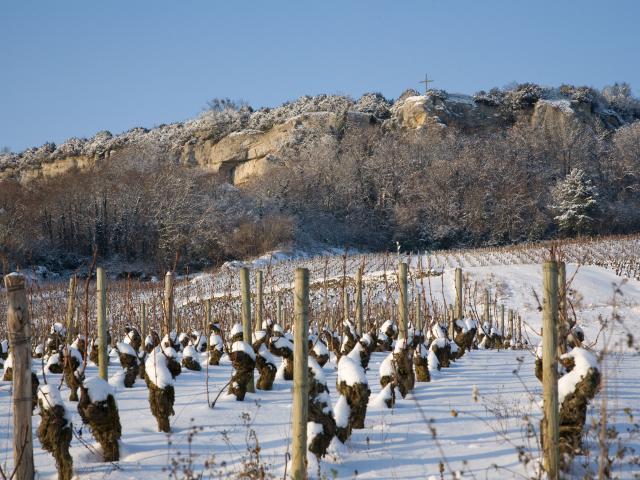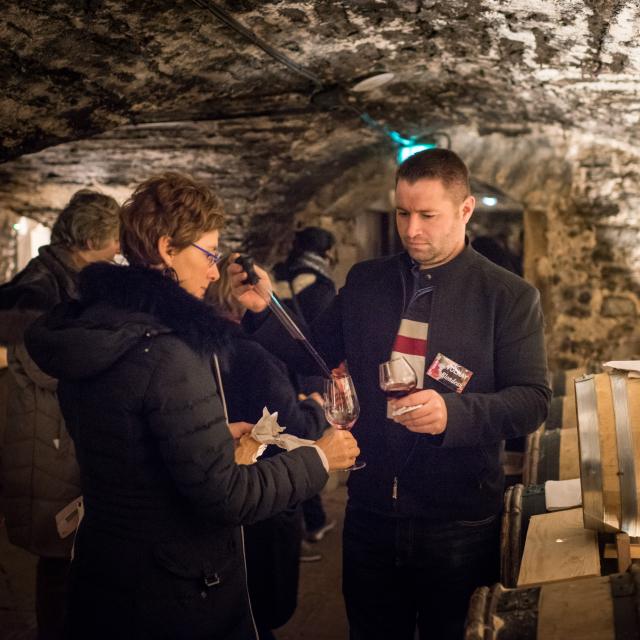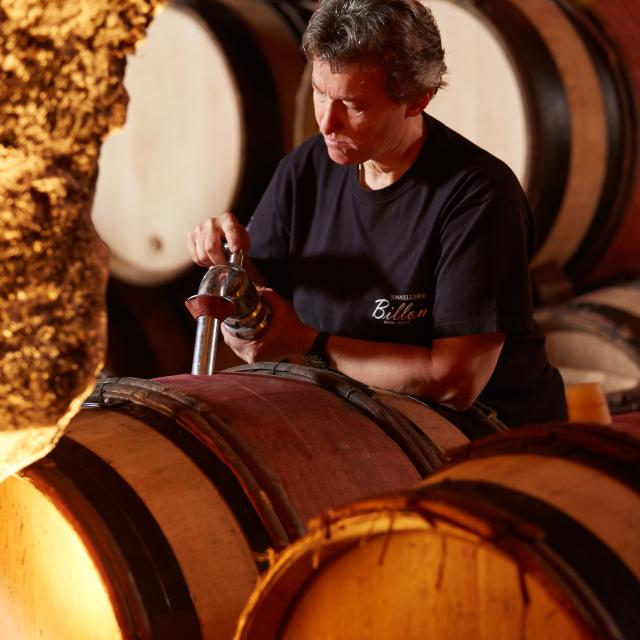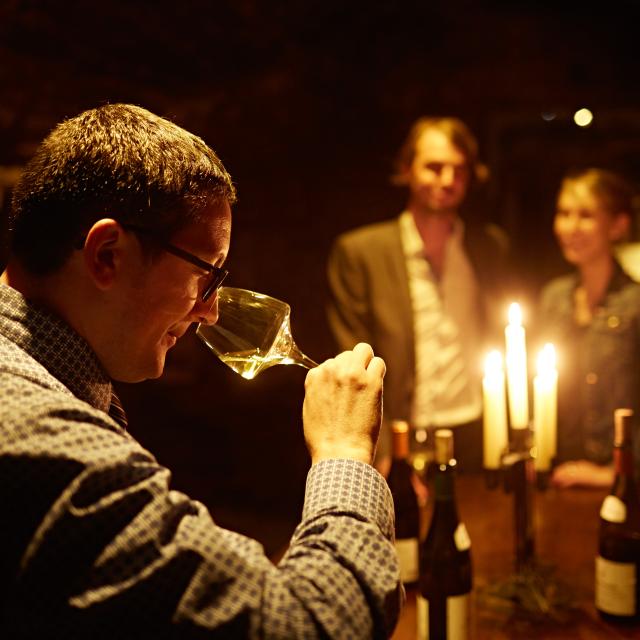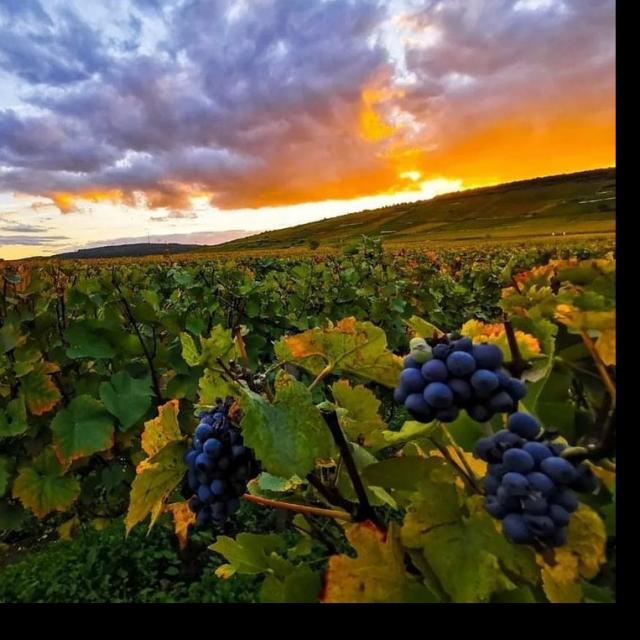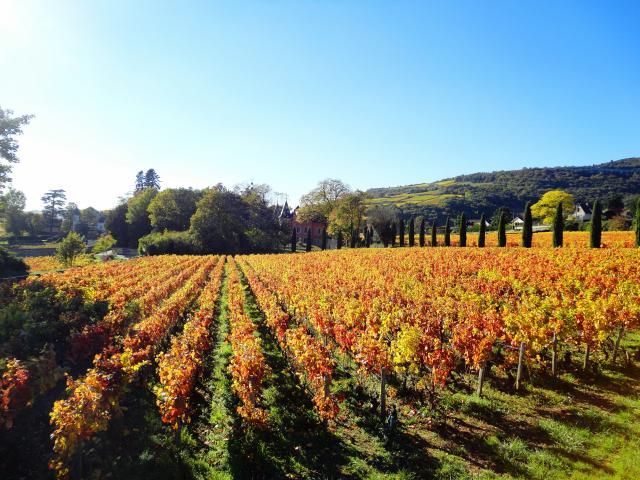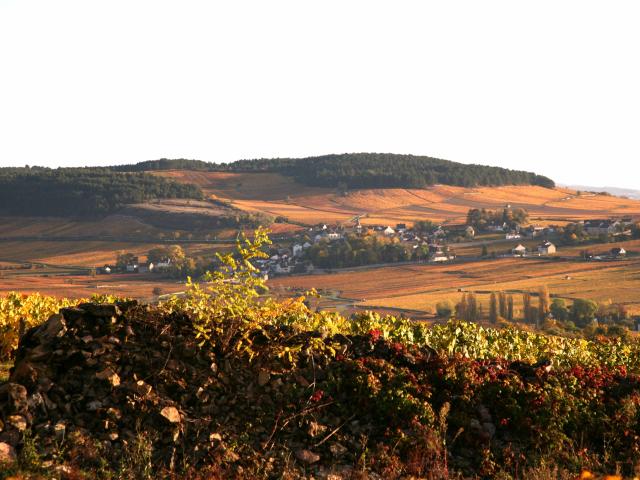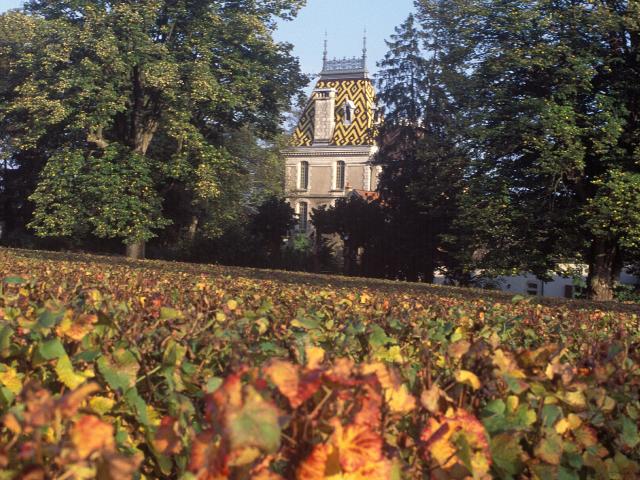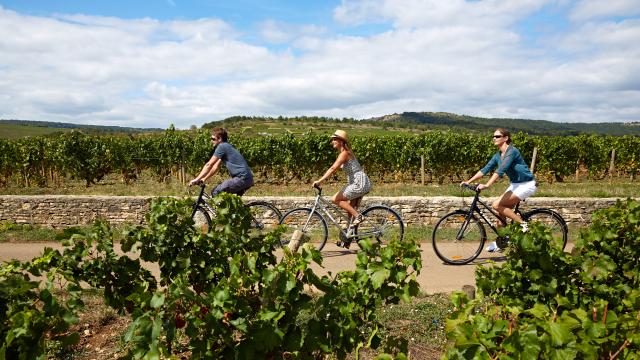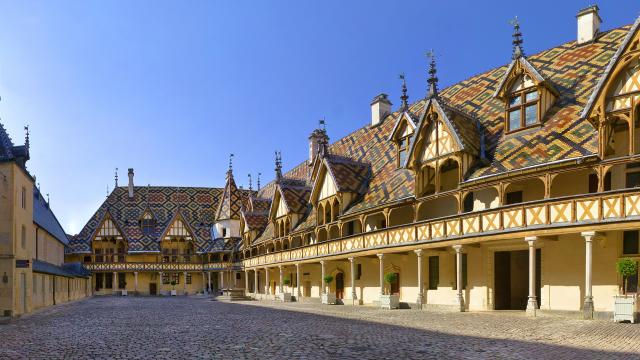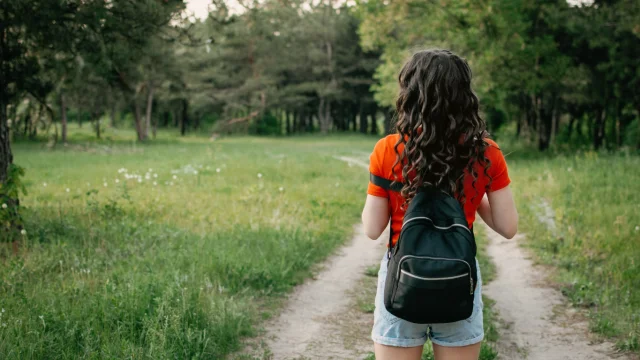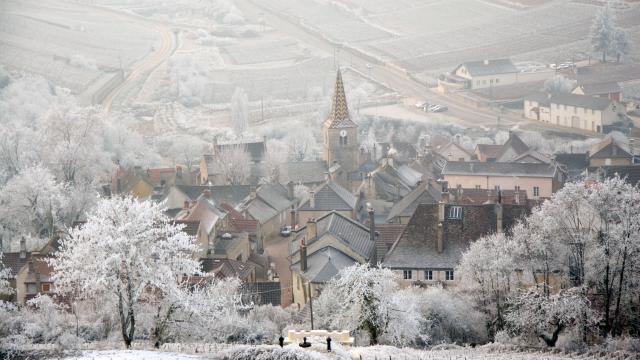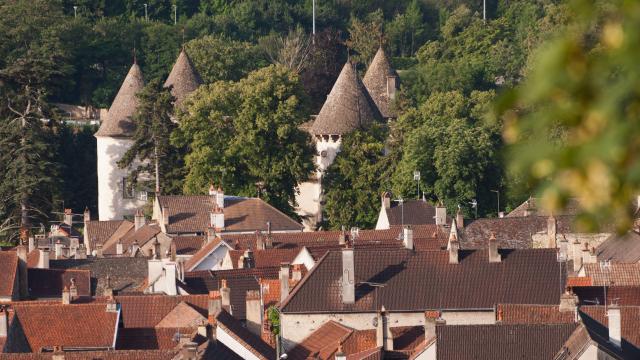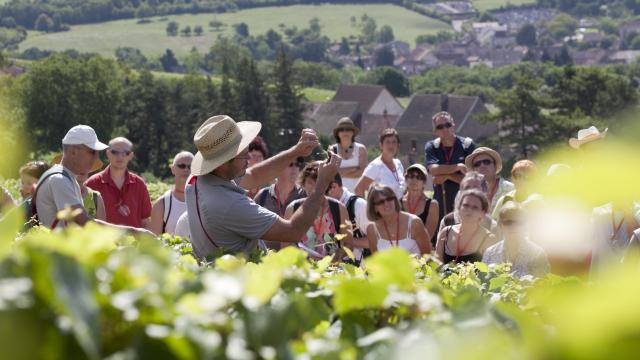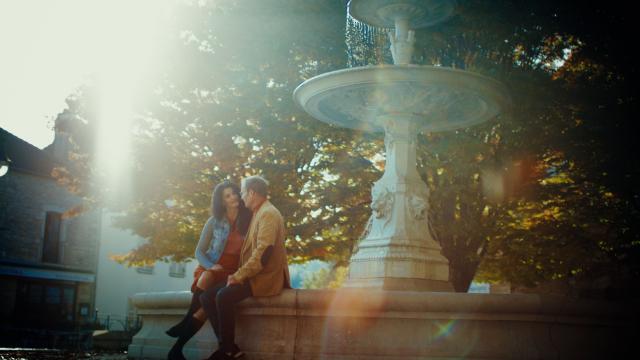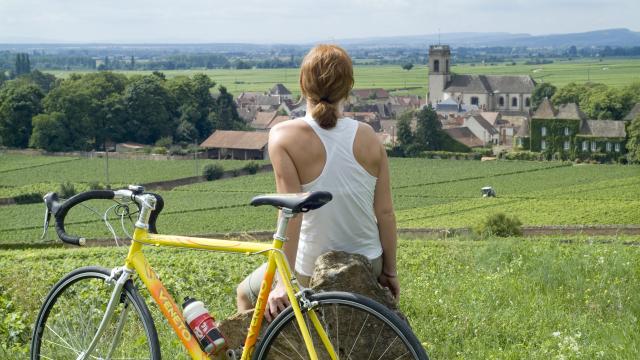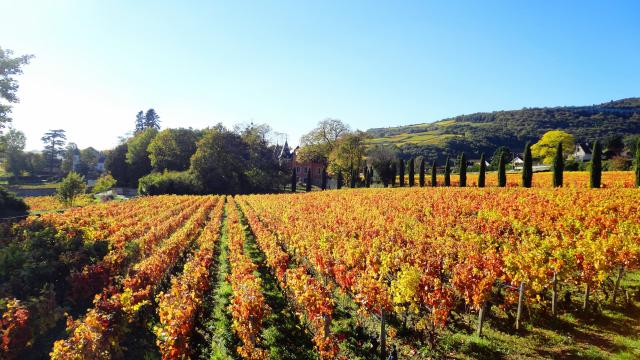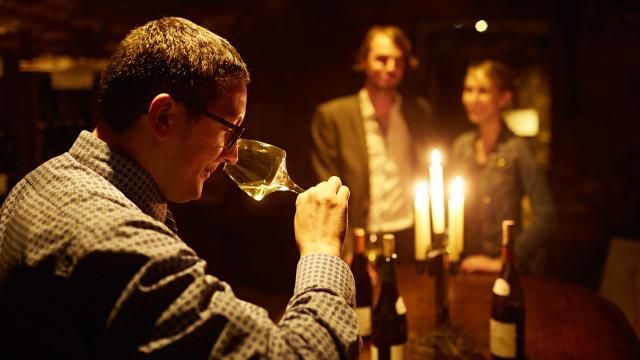Unique plots
Viticultural Burgundy has the particularity of being a parcelled vineyard, even very parcelled, and has been since the Middle Ages. It is divided into parcels or clos called Climats. In Burgundy, a Climat is a winegrowing terroir combining plot, grape variety and know-how, nothing to do with the weather! This is the very essence of the Burgundian viticulture model; nowhere else is wine production attached to its place of production.The production of each Climat is vinified separately, from a single grape variety, and the wine thus produced takes the name of the Climat from which it is made. The personality of the Climat is expressed in the wine thanks to the know-how of the winemaker.
 Aperitif In Front Of The Vines Clos Des Avaux Cote De Beaune Friends
Aperitif In Front Of The Vines Clos Des Avaux Cote De Beaune Friends